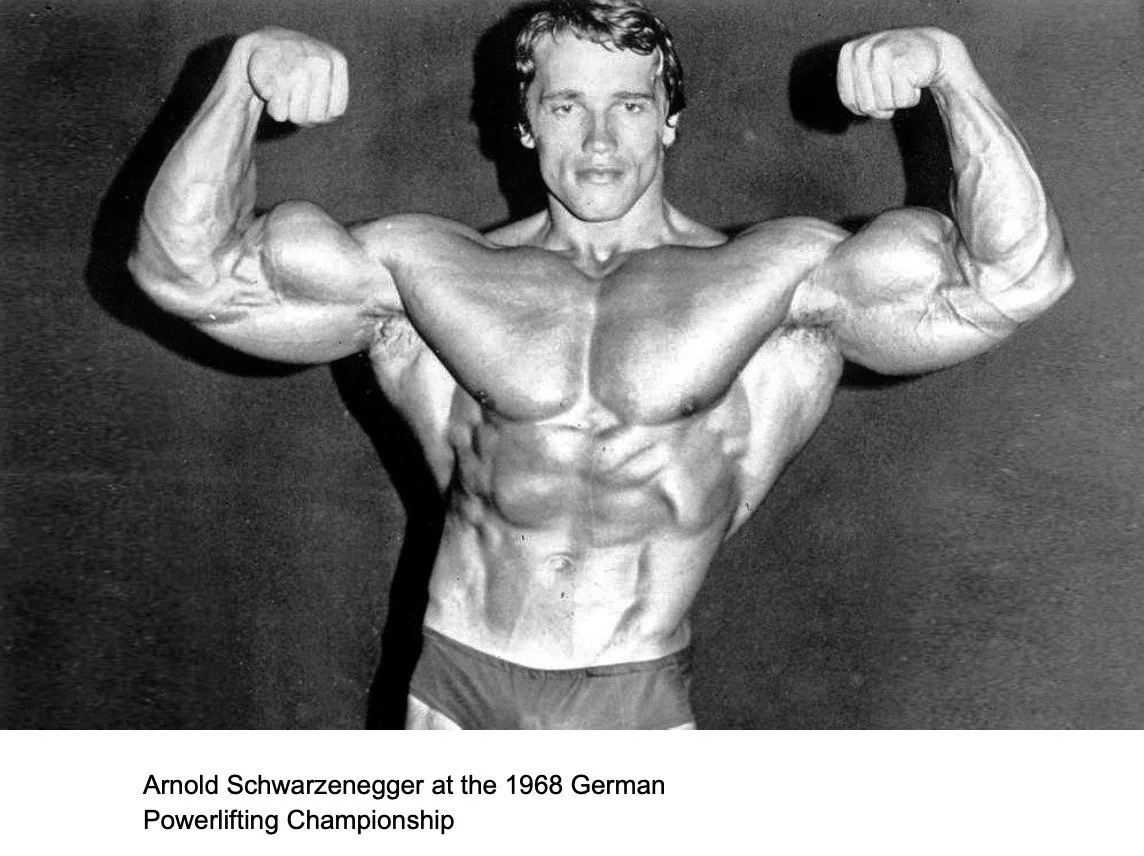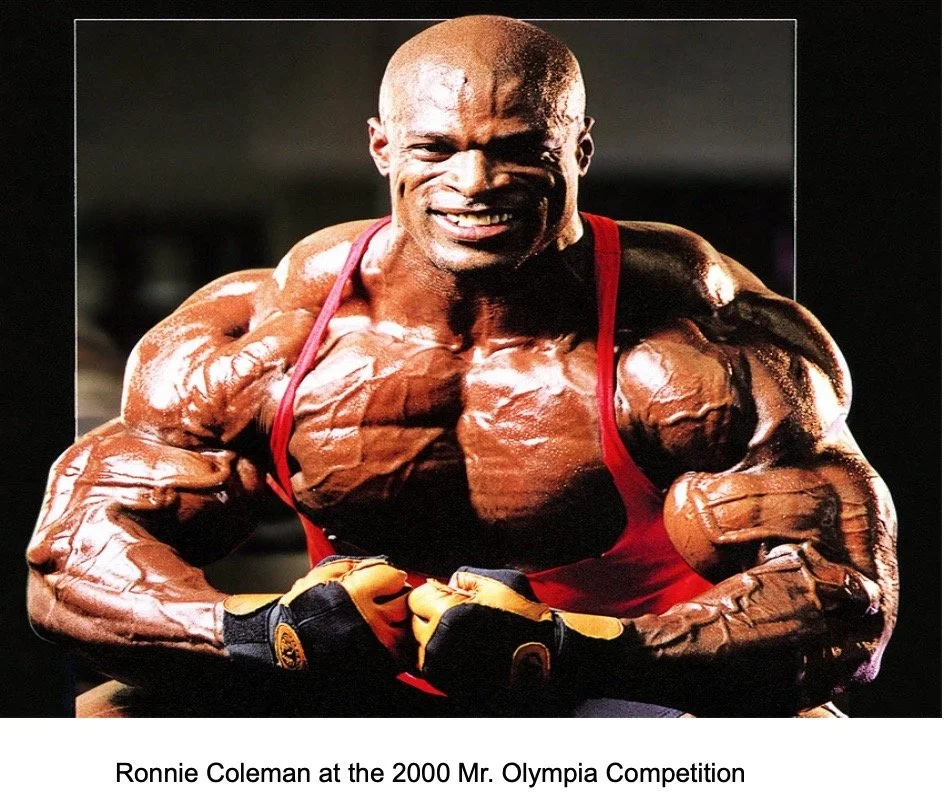Six-pack Science
By: Kaushik Valiveti
Let’s say that you just turned 13 today. Congratulations! After a hearty (and might I say, quite caloric) breakfast, you get to school. Throughout the day, you hear two sentences the most: “Happy birthday!” followed by “When are you going to start lifting?” An image of Arnold Schwarzenegger or Ronnie Coleman undoubtedly come to mind, and you immediately get to work.
Days turn into weeks, weeks turning into your first month. You look in the mirror before school one more time, just to see absolutely nothing different about yourself from when you began. Not only does your body hurt excessively due to lack of correct form, but your mental health also degrades because of a sudden wave of deterrence.
According to Florian Wuest, a fitness coach and bodybuilder with over 16 years of experience, this is the struggle that 90% of teenagers undergo. At one point, I fell into this majority. It is not until I looked at exercise from a scientific standpoint that I started seeing results, and I hope this new perspective on the gym will motivate more people to start a journey of self-betterment.
First of all, it’s important to talk about why people even go to the gym. Though there might be countless ideas of what people could do once they have their dream physique (impress your friends, confidence), there are three goals people have for themselves:
To lose weight
To gain muscle
To lose fat while keeping muscle relatively constant
The first reason would apply to people who fall under the category listed by the Centers for Disease Control as “chronically obese”. The second would apply to people that are underweight and cannot seem to gain it, no matter how much food they force down in a futile attempt. The last one is for people who are slightly overweight and would like to get more cut. The most important thing to know is that you must follow a workout plan that is catered to your individual body type. Do not just buy into a mysterious man telling you that this “one workout is the way to get shredded!” Everyone is different.
So what actually happens when you lose weight?
Your body is a factory. Whatever you put in as fuel is what you are going to see externally. That’s why it’s important to maintain a calorie deficit. When you create an energy deficit, it means that you are consuming fewer calories (units of energy) than your body needs to meet its daily energy requirements. In this state, your body must find alternative sources of energy to compensate for the shortfall. To fully understand how our bodies respond to an energy deficit, we have to consider the role of adipocytes (fat cells) and cellular respiration. Adipocytes contain the monomer, or building block, of fat—triglycerides.
During an intense workout, our bodies initiate a phenomenon called lipolysis, where adipocytes lyse, or break, triglycerides and send them into the bloodstream for our muscles. Because our muscles perform cellular respiration, the process of converting energy stores into usable energy, they can use these triglycerides to produce a molecule called adenosine triphosphate, ATP for short.
This is precisely why cardio exercises are more effective than muscle-building exercises for losing weight—they increase the rate of oxygen consumption, allowing lipases (enzymes that break down triglycerides in adipocytes) to transport more fat stores to muscle tissue.
But we know it can’t be that simple. Our bodies are way too advanced to only have periods of intense physical exercise contribute to fat loss. Through a process called signal transduction, hormones such as adrenaline and epinephrine bind to receptors, signaling a cascade of intracellular events that stimulate lipolysis. It’s important to understand that both of the hormones I mentioned are stress-related. This could tie into the fact that people either lose excessive weight when stressed or gain weight rapidly because of another stress hormone called cortisol.
So what actually happens when you gain muscle?
A brief but important note: Among most people, it is harder to build muscle than to gain fat. There are multiple reasons, but the consensus is that muscle building requires specificity, whereas fat loss is achieved with a uniform distribution throughout the body. If I were to train biceps in order to grow bigger arms, I could not expect my legs to also increase in mass, but if I were to run 2-3 miles on a treadmill every day, I would not need to worry about the rate of fat loss on my thighs as compared to my stomach. Due to muscle building’s specificity, it requires a greater degree of targeted and consistent training to induce hypertrophy or muscle growth.
Though muscle building is an extremely complicated phenomenon, there are 2 driving forces behind it: protein synthesis and muscle fiber recruitment.
Muscle tissue is composed of specialized cells called muscle fibers. These fibers are both motile and flexible, contracting and relaxing to enable movement. Inside the fiber, we see an even smaller component: the myocyte, a muscle cell consisting of repeating units called sarcomeres. Sarcomeres contain two main proteins, which are actin and myosin.
Protein synthesis:
Protein synthesis involves the creation of new proteins within the muscle fibers, which contribute to their overall growth and strength. The primary driver of muscle protein synthesis is a molecule called mTOR (mammalian target of rapamycin), and the point of this molecule is to determine if the conditions to continue protein synthesis are correct.
When you train your muscles at the gym, it leads to microscopic damage to the muscle fibers themselves. This stress triggers a signal transduction cascade involving growth factors, such as insulin-like growth factor 1 (IGF-1), and hormones like testosterone. One important pathway involved in muscle protein synthesis is the Akt/mTOR pathway. When activated, Akt phosphorylates and activates mTOR, which then stimulates protein synthesis. mTOR also helps in signaling other downstream molecules, such as eukaryotic initiation factor 4E-binding protein (4E-BP1) and ribosomal protein S6 kinase (p70S6K), which maximize muscle hypertrophy and minimize other unwanted effects, like apoptosis, the death of cells.
Muscle fiber recruitment:
Stem cells are also paramount to muscle proliferation. A specific type of stem cell is the satellite cell, which is located on the surface of the muscle fiber. When muscle damage occurs, these satellite cells mitotically replicate into new muscle fibers or fuse with existing fibers, therefore increasing mass through a process called myonuclear accretion. It is important to note that stem cell research is still extremely young and muscle fiber recruitment is an area of interest for many researchers currently.
Gym Thoughts: Fact or Fiction?
Creatine is untested and will damage your liver chronically.
Fiction! Creatine monohydrate has been tested by the Food and Drug Administration as safe to ingest orally. A study done by the Mayo Clinic proved that there is no significant risk for liver or kidney damage among a diverse population taking creatine for up to 2 years!
Spot reduction actually works.
Fiction! Though there are harder areas of the body to lose fat than others, you cannot target specific areas of the body to lose fat. The reason why there are harder areas is because of the distinction between alpha and beta adipocytes. Alpha adipocytes tend to have receptors that store fat for later use, versus beta adipocytes release the fat relatively quickly.
Works Cited:
Bodine, S C et al. “Akt/mTOR pathway is a crucial regulator of skeletal muscle hypertrophy and can prevent muscle atrophy in vivo.” Nature cell biology vol. 3,11 (2001): 1014-9. doi:10.1038/ncb1101-1014
Dicker, A., et al. “The Influence of Preadipocyte Differentiation Capacity on Lipolysis in Human Mature Adipocytes.” Hormone and Metabolic Research, 19 Apr. 2007, www.thieme-connect.com/products/ejournals/abstract/10.1055/s-2007-973812.
“Creatine.” Mayo Clinic, 11 May 2023, www.mayoclinic.org/drugs-supplements-creatine/art-20347591.
Jason. “Why Fat Loss Is Easier than Gaining Muscle.” Elevate Fitness, 10 Feb. 2022, www.elevatesyracuse.com/why-fat-loss-is-easier-than-gaining-muscle/#:~:text=If%20there’s%20one %20thing%20that,%E2%80%93%20you’re%20in%20luck!
7/14/2022, John Leyva - Updated. “How Do Muscles Grow? The Science of Muscle Growth.” BuiltLean, 14 July 2022, www.builtlean.com/muscles-grow/#:~:text=The%20Physiology%20Of%20Muscle%20Growth,cre ate%20muscle%20hypertrophy%20(growth).
Paige Waehner, CPT. “Why You Can’t Target Fat Loss to Specific Body Parts.” Verywell Fit, 2 Sept. 2021, www.verywellfit.com/why-you-cant-target-fat-loss-1230974.
Sartori, Roberta, et al. “Mechanisms of Muscle Atrophy and Hypertrophy: Implications in Health and Disease.” Nature News, 12 Jan. 2021, www.nature.com/articles/s41467-020-20123-1.

